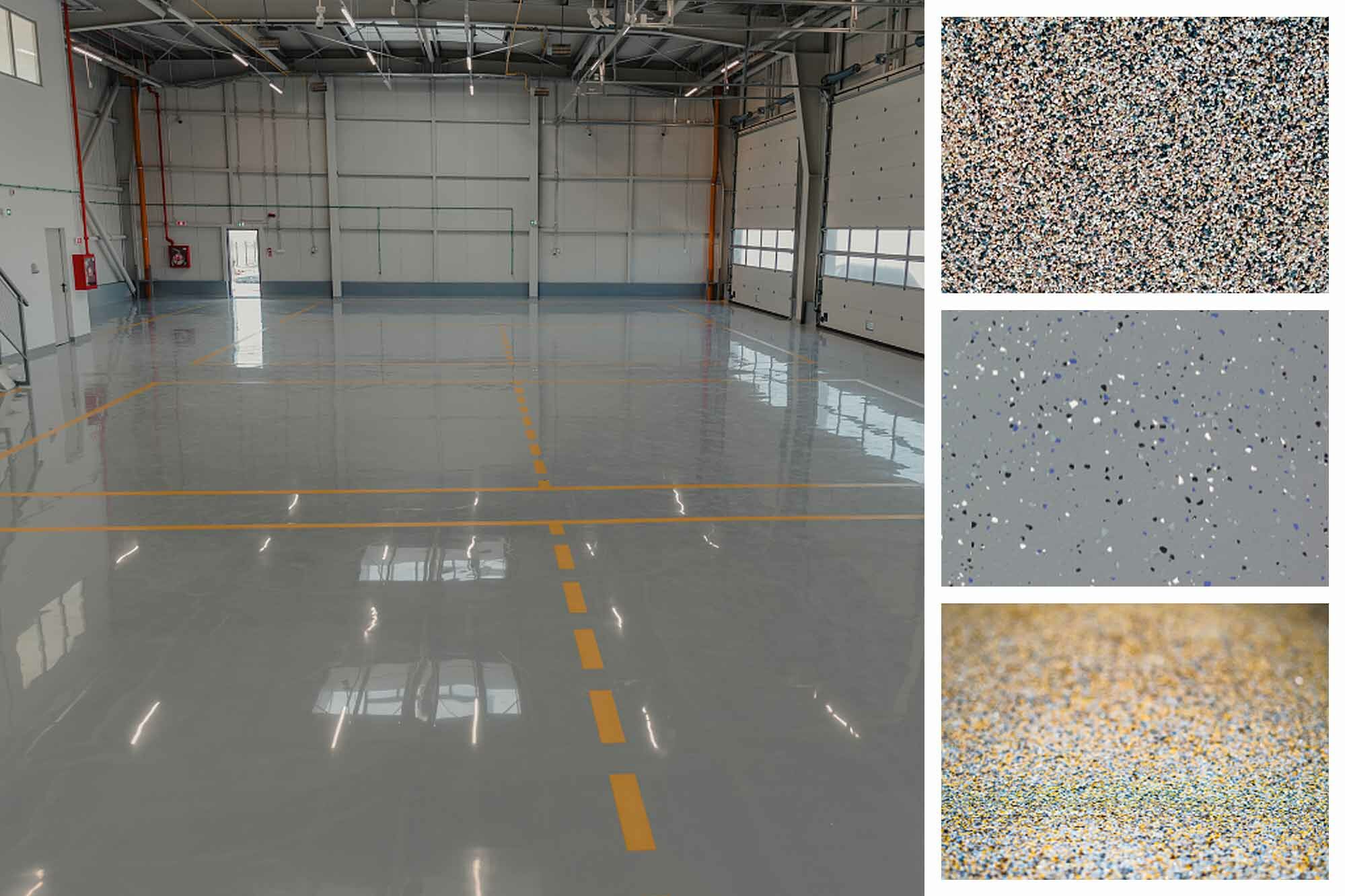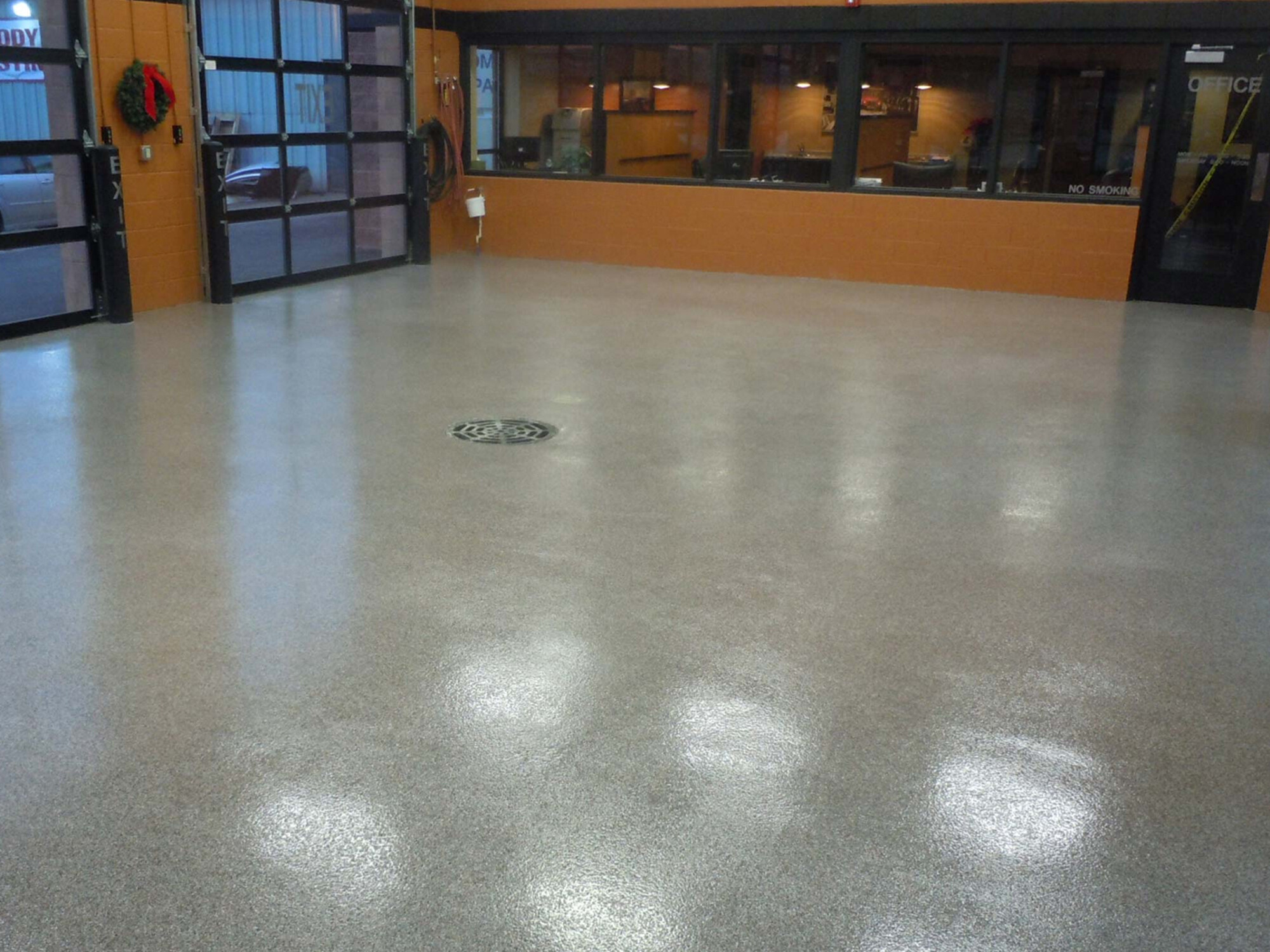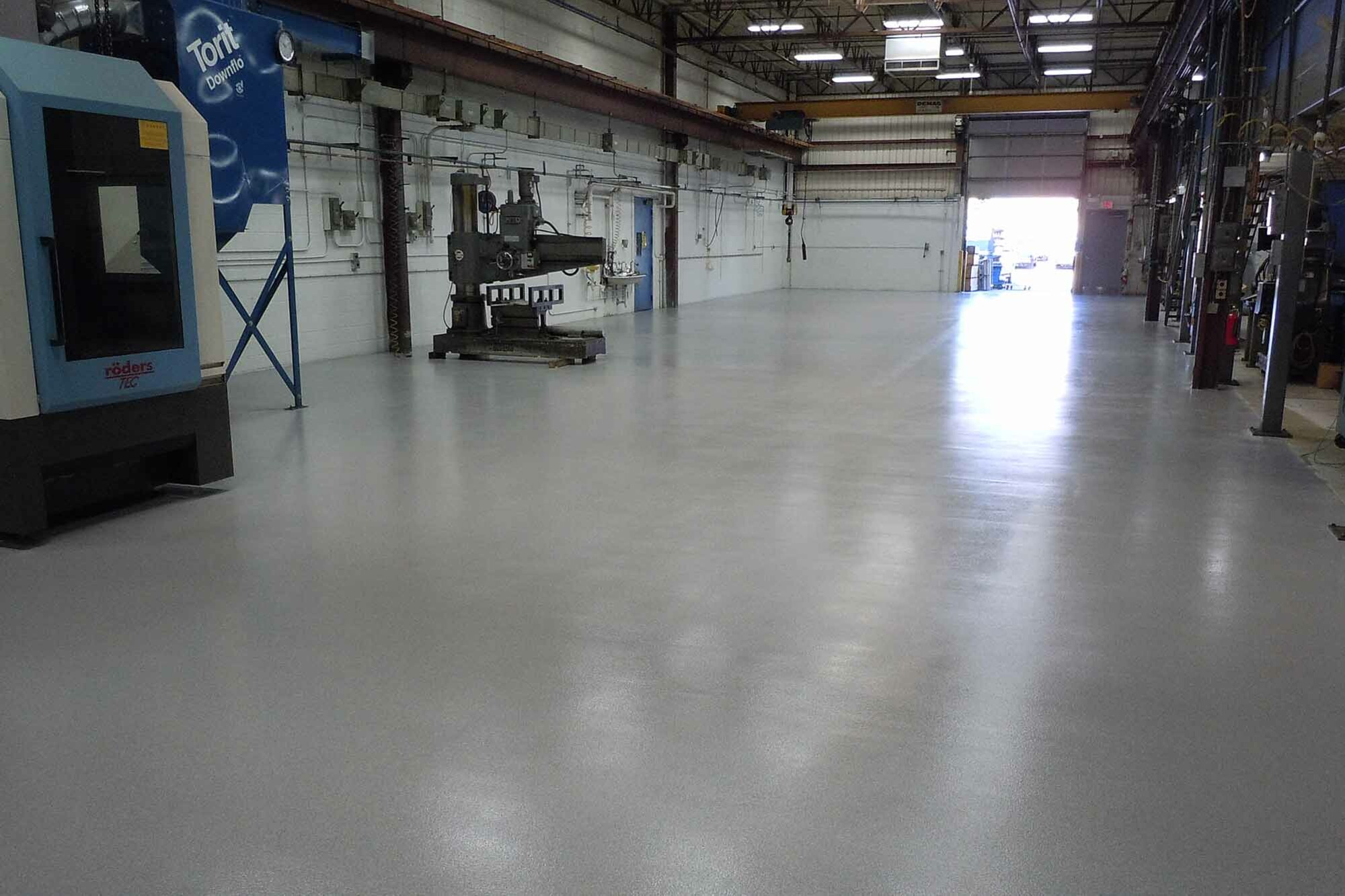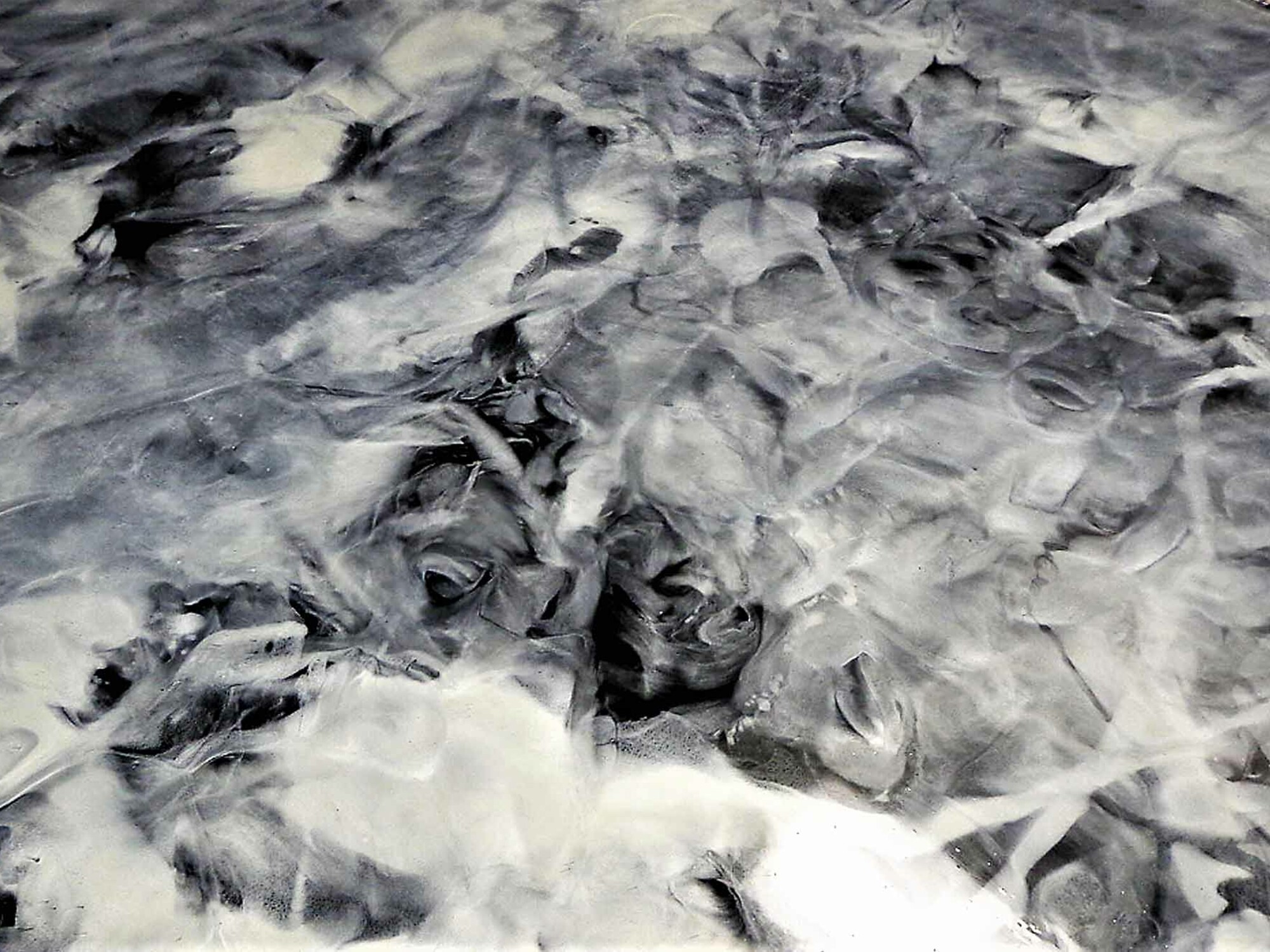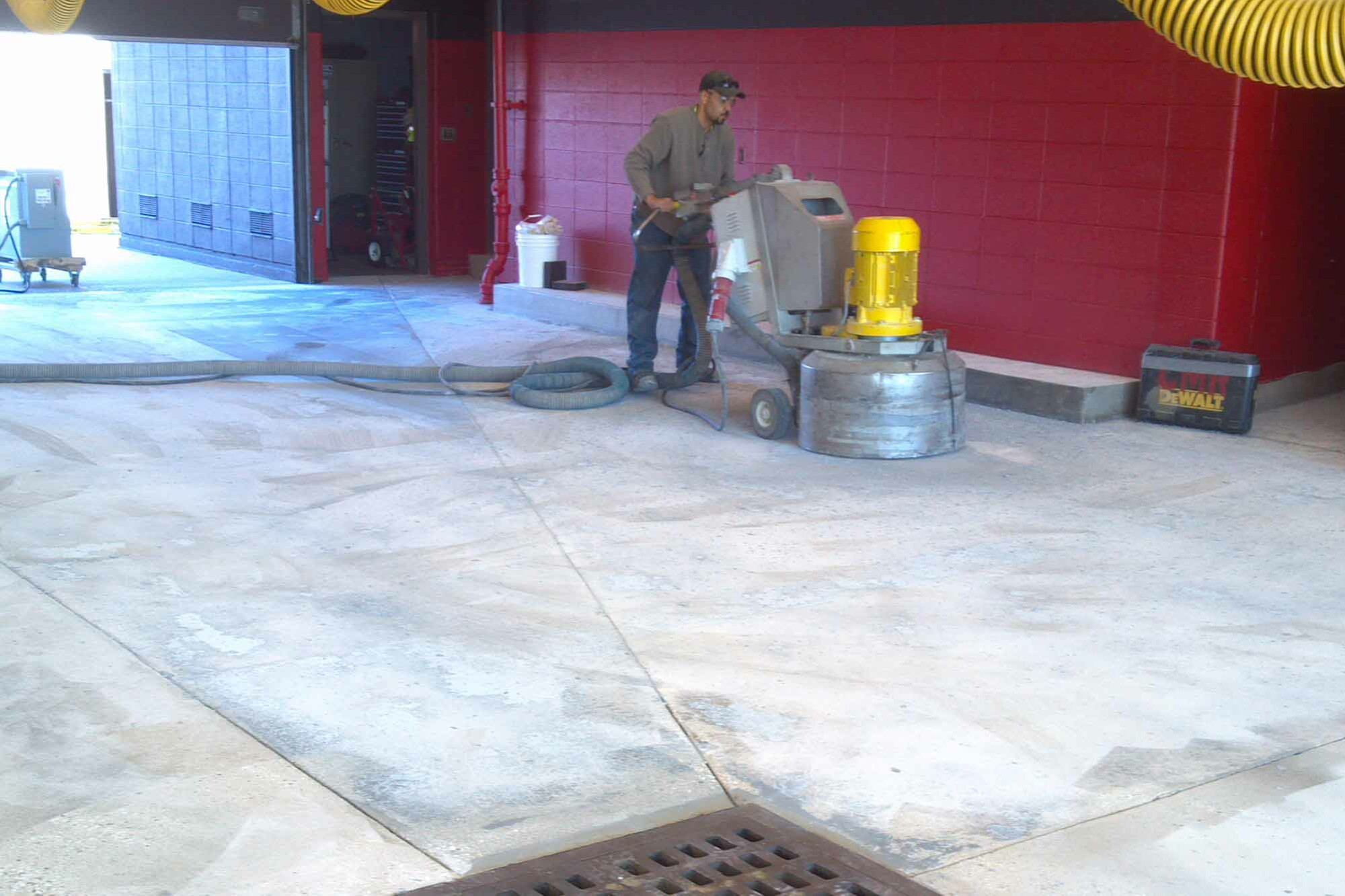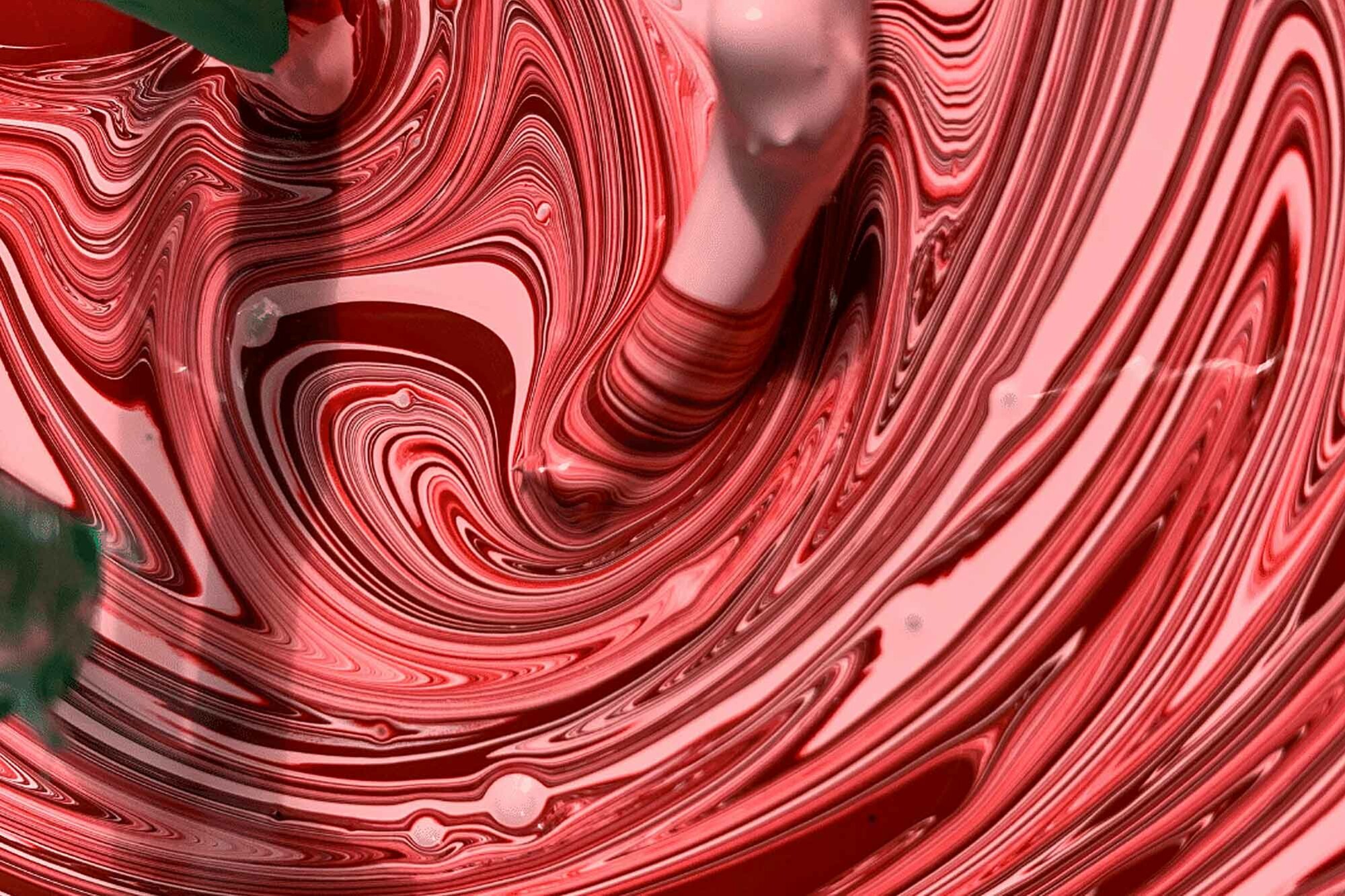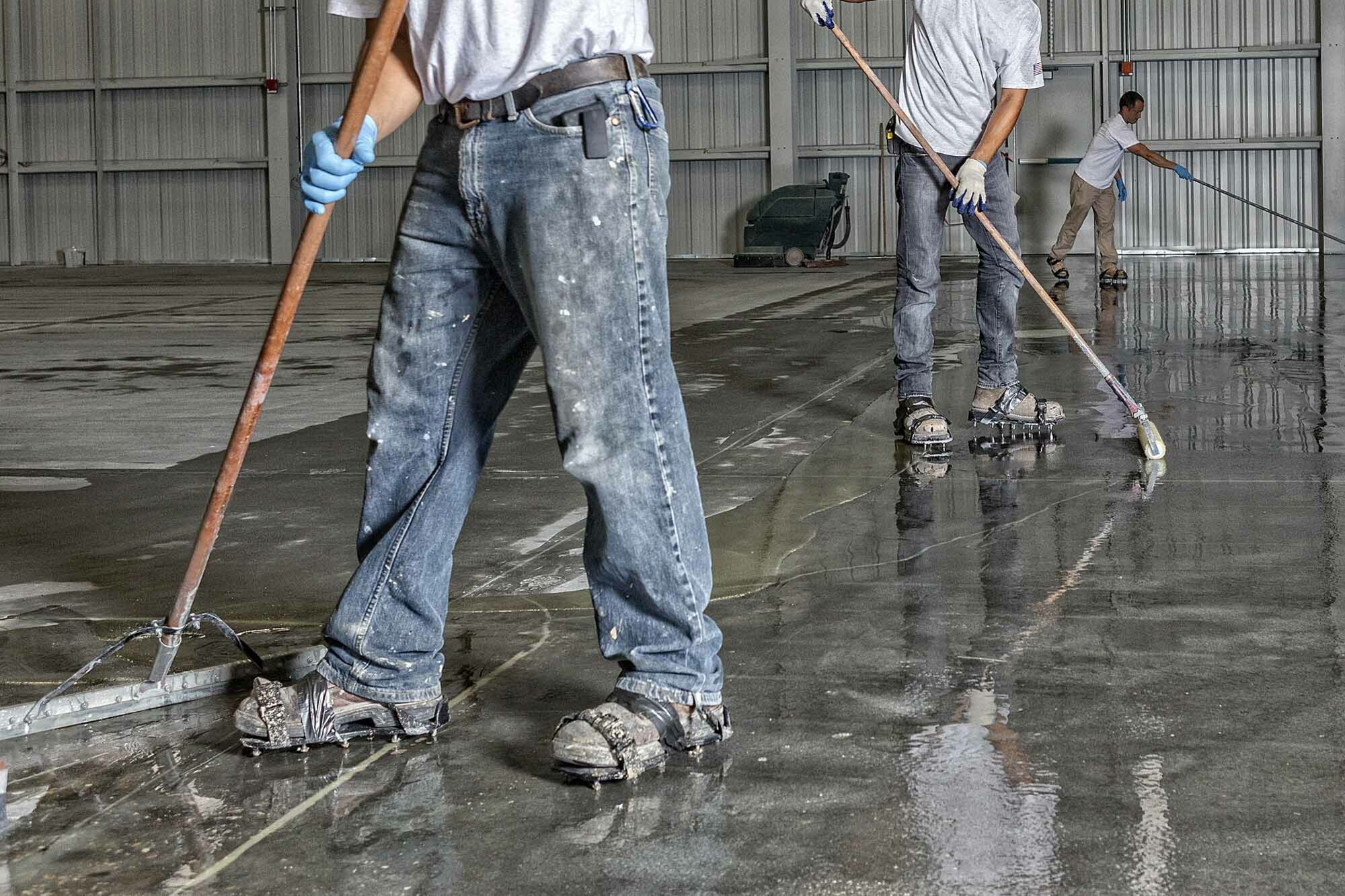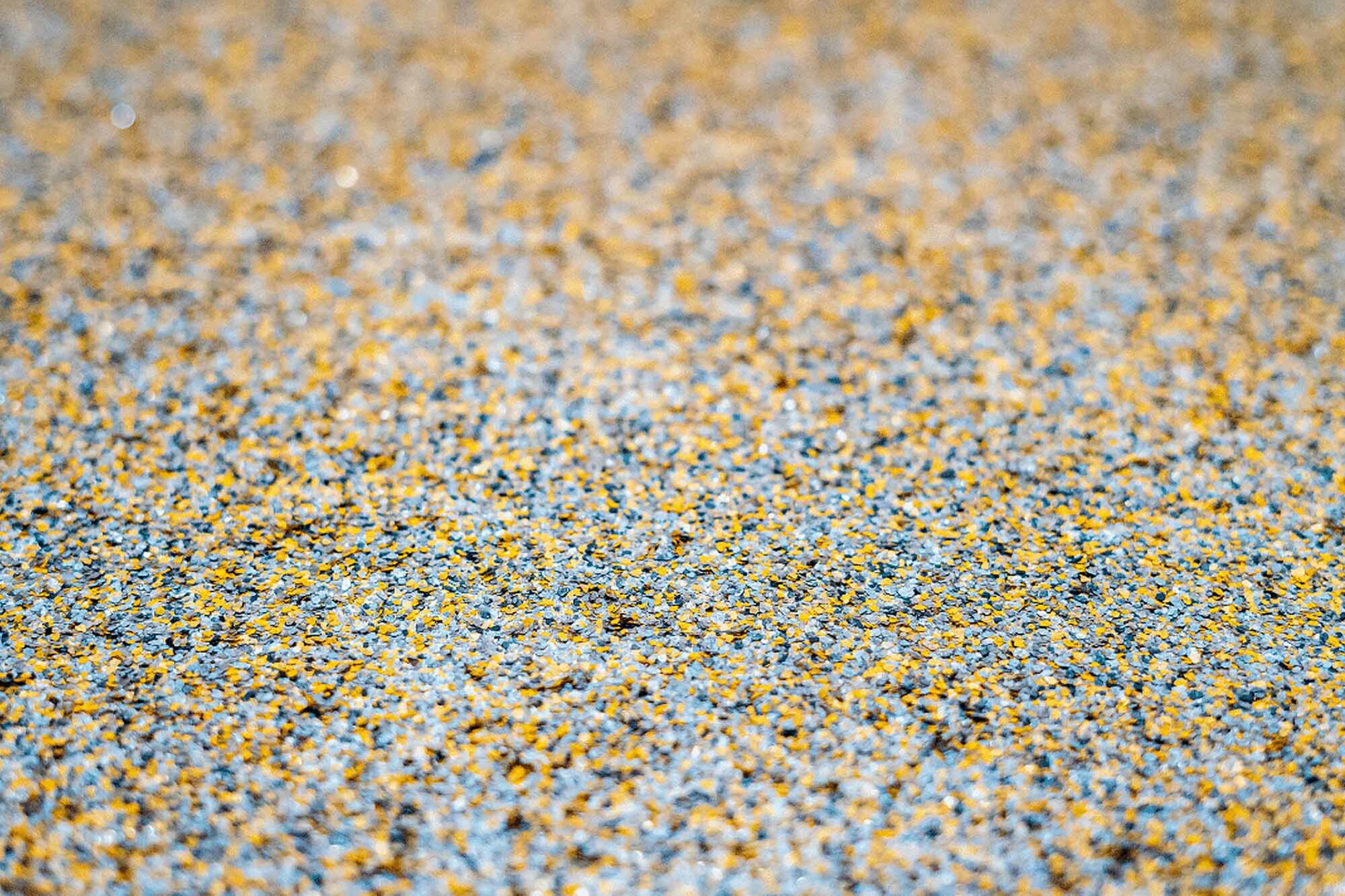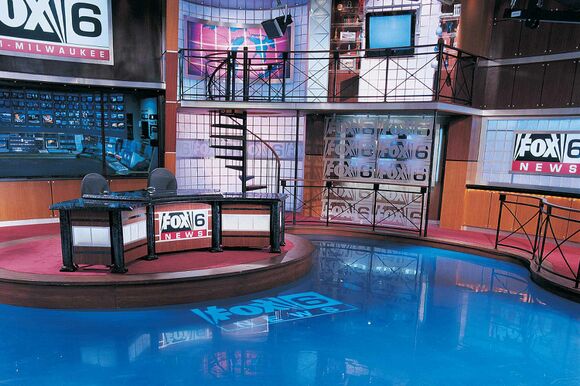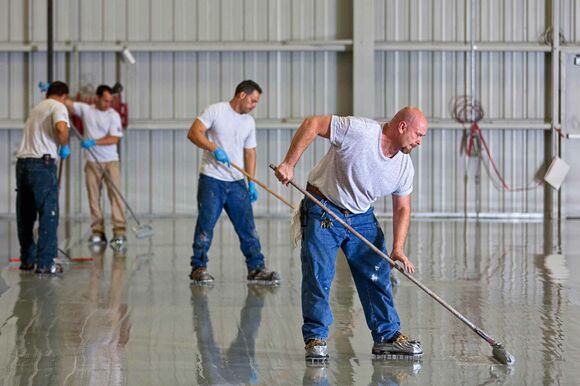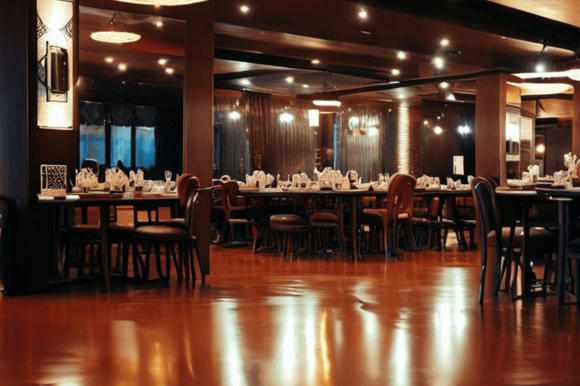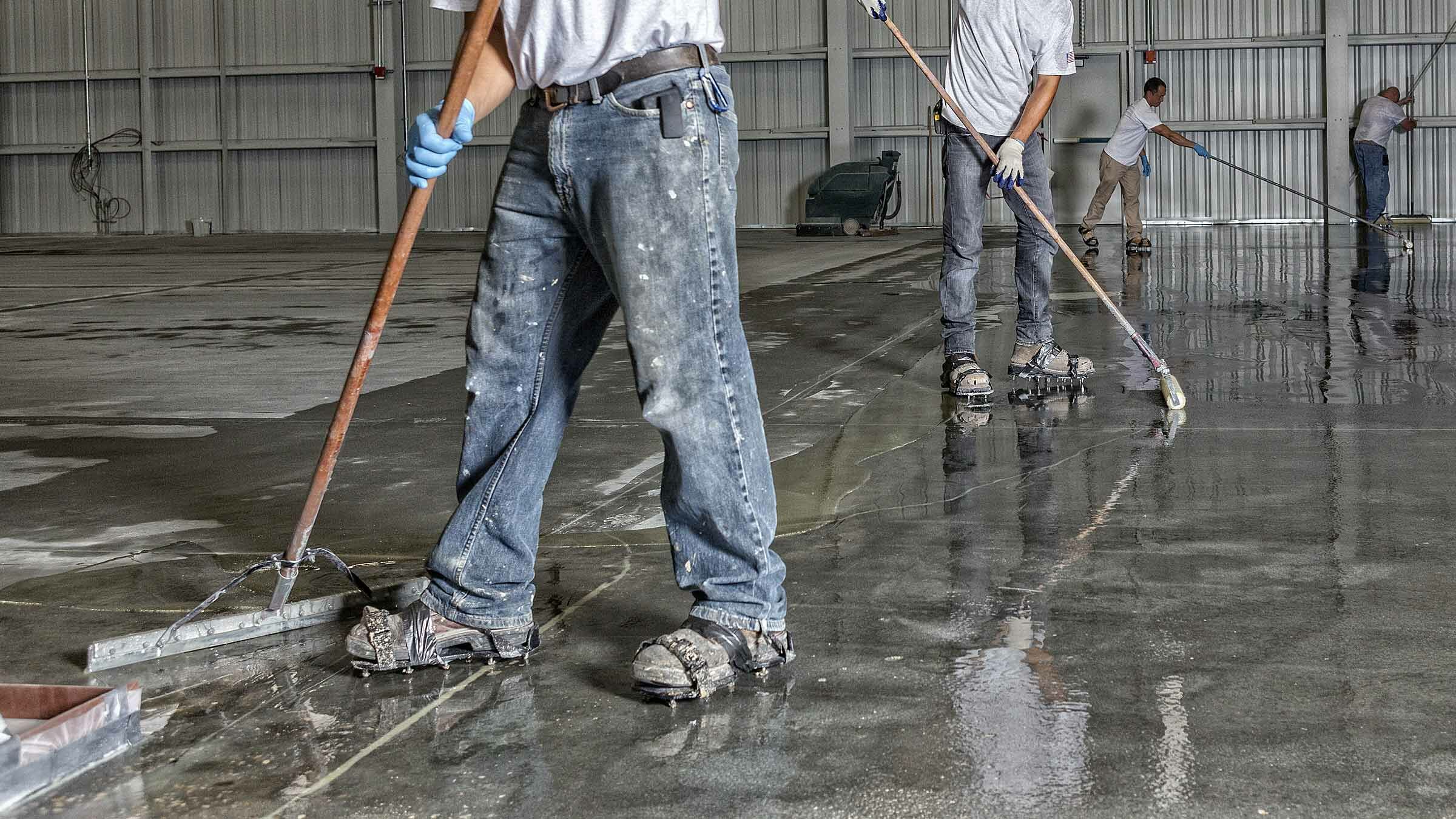How to choose the best epoxy floor coating
What is True Epoxy Floor Coating?
What is the best epoxy floor coating?
Two-part epoxy floor coatings are referred to as "100 percent solids" since they do not include any conventional solvents, as opposed to one-part epoxy floor coatings.
Two-part epoxy coatings provide the ideal concrete surface, thick, durable, and visually appealing finish. These epoxy kits are often used in conjunction with decorative chips scattered over the epoxy's surface.
The best epoxy floor coating produces a textured and visually appealing finish to the surface. The surface will harden entirely after 24 hours of application, assuming that it is not exposed to direct sunlight.
100% solids epoxy is the most costly choice available, and it is also the most difficult to apply. However, they are a low odor, as they do not contain any added solvents.
The following are the characteristics of true epoxy floor coating:
● It is a two-part product in which the resin is blended with the hardener and activator
● The product will be branded as "100 percent solids."
● This product dries completely hard in little more than 24 hours
● The surface is very hard and durable
Water-Based Epoxy
Water-based epoxy is easier to work with than solvent-based epoxy. This is because of its slower drying time and increased malleability as a result of its lower viscosity. Additionally, homeowners are more inclined to select water-based epoxy over other choices.
This is because of the simplicity of use and cheaper costs associated with water-based epoxy. If you go to a big-box retailer to look for floor coating solutions, you may expect to discover a profusion of water-based epoxy alternatives, which is not surprising.
In contrast, if you are looking for professional results, we strongly advise against using a household water-based epoxy floor coating. Go for some professional and best epoxy floor coating.
While water-based epoxy is convenient to apply, it is not often strengthened to provide high abrasion and heat resistance. It is necessary, especially for garage floor applications. There are a few specific water-based industrial epoxy products that are excellent for long-term interior use.
Solvent-Based Epoxy
We will not delve into the technicalities of each non-water-based solvent to keep things simple. However, xylene is used as the principal solvent in the majority of non-water-based epoxies.
As a result, tools and rollers may need to be abandoned. This is because they cannot be cleaned or used in the majority of situations.
When you are considering high-quality solvent-based epoxies, things might get complicated and inconsistent in your search. Not all solvent-based epoxy is created equal. Some are quite durable, but others are not so much.
Two-Part Water Based Epoxy Floor Coating
These are hybrid formulations with the components of true epoxy (resin plus hardener/activator), but they also contain water as a solvent. This makes them an excellent alternative to traditional epoxy.
These goods may be distinguished because they are made up of two elements that are combined. However, they are cleaned up with soap and water (when they are wet).
This sort of best epoxy floor coating may also be marketed as "low VOC" or "low odor." However, the epoxies which contain added solvents need extensive ventilation to be effective.
Because the solvent must be completely evaporated, these materials often need a more prolonged drying and curing time (2 to 3 days). Because they are water-based, similar to latex paint, they are much simpler to deal with.
Epoxy floor coatings that are 100 percent solids are more difficult to work with. The trade-off is a thinner covering that will not endure as long as the thicker coating.
Some varieties may be used with vinyl color/ texture chips that are scattered over a wet surface. However, others cannot be used with color chips due to their design.
The following are the characteristics of water-based epoxy floor coating:
- It is a two-part product in which the resin is blended with the hardener and activator
- A full drying period of 2 to 3 days or more is required
- Cleaning damp instruments with soap and water is recommended
- Branded as "low odor" or "low VOC"
- Reapplication may be necessary every few years
One Part Floor Coating
A real epoxy floor coating is always a two-part solution that contains resins and a hardener/ activator. Just before application, the resin and hardener are combined in a mixing bowl to make it the best epoxy floor coating.
An "epoxy" floor coating product offered premixed in a single container is not real epoxy. It should be regarded as a kind of paint rather than as a floor coating product.
Although the composition may provide greater performance on a floor than regular paint, these are not real epoxy materials.
The following are the characteristics of one-part floor coating:
- There is no two-part mixing required since it is sold in a single container
- It is often referred to as "one-part epoxy" or "epoxy/ acrylic."
- It dries quickly to the touch (approximately 1 hour)
- Cleaning up is simple with soap and water
- You have to reapply every few years
Epoxy Floor Coating: What to Look For?
Because it is intended to endure for an extended period of time, it is critical that you get it correctly the first time. Here are a few of the things to consider while comparing various epoxy flooring alternatives.
Consider the place of installation
In comparison to epoxy flooring installed in a mechanic shop, the epoxy flooring you want to put in a lobby of an office building will be different.
A metallic finish may be preferable in areas where there will be a lot of foot activity. Alternatively, it's a good choice if you want to create a sleek, polished appearance, such as the entryway to a building.
A simple and best epoxy floor coating may be appropriate when utility is more important than aesthetics, such as a warehouse.
Get an expert advice
It might be tough to envision what flooring would look like in your area. Based on a tiny sample or a photo seen on the internet, you can't quite determine it.
While you won't be able to view the flooring in person until after it has been completed, professionals may assist you. They may help determine some of the advantages and disadvantages of various materials and treatments.
A bright, dazzling metallic flooring with reflecting chips inside your building lobby might not be your thing. The experts may recognize that the brilliant chips might be distracting and seem more extravagant than sophisticated.
To picture the complete floor, consider visiting a place where specific kinds of flooring have already been installed.
Selection of the best color
In addition to the finish (matte/standard or metallic), you may customize your epoxy flooring by selecting from a broad range of colors. Picking the color of your epoxy flooring will influence the overall aesthetic of your space.
Just as the color of your carpet impacts the overall appearance of your house or workplace, the best epoxy floor coating is important too.
Whatever your taste, from neutral tones to vibrant hues, and from single colors to unique mixtures with colorful flecks throughout, the best decision is frequently a question of personal opinion.
Just as the color of your carpet impacts the overall appearance of your house or workplace, the best epoxy floor coating is important too.
Whatever your taste, from neutral tones to vibrant hues, and from single colors to unique mixtures with colorful flecks throughout, the best decision is frequently a question of personal opinion.
Application Instructions
Now that you have a better understanding of epoxy variants let's go on to the next step, which is adequate surface preparation, which will ensure professional results!
It is essential to recognize that surface preparation is the most crucial step in applying any floor coating.
Step 1: Grinding
- You will need to grind the entire surface of the floor with an angle grinder and vacuum the floor clean (acid-etching is not recommended). Using spheres of material to remove oxides and other contaminants from a surface are known as shot blasting.
- Make sure to grind all joints and cracks with a “V” blade attached to an angle grinder.
- All joints and cracks should be filled flush with a compatible material to the type of floor coating that you have selected. Some joint fillers typically used are polyurethane, epoxy, or polyureathane.
Crack Filling Suggestions
Sand should be used to fill significant or deep gaps to prevent the filler from leaking through.
Grinding Suggestions
- To get pure white concrete that has been etched, the process must be as thorough as possible. This is important in the application of the best epoxy floor coating.
- Using the incorrect diamond blades may cause the grinder to stall and may cause the concrete to be gouged
- When working with hard concrete, diamond blades of 40 grit should be used (typically newer concrete)
- You might need to apply water to the floor right in front of the grinder to keep the diamond blades cool
- Blades that are too hot will not grind as well and may just glaze over the floor
- A hand-held angle grinder will be required for the low sections on the floor to be completed
Cleaning
- Vacuum the floor thoroughly, making sure there is no dust left behind
- Grease stains that have persisted may be removed using denatured alcohol
Mixing Epoxy
Part A and Part B must be mixed entirely using a mixing paddle. It can be linked to a drill to avoid having unmixed epoxy on your hands.
When mixing, keep the paddle deep into the bucket, below the surface of the epoxy. This will help to minimize the formation of air bubbles.
Step 2: Primer Coat Application
- The priming coat should be applied to the floor in 5-inch beads that are roughly a foot apart to have the best epoxy floor coating
- Using a squeegee, spread the primer evenly throughout the surface
- Edges should be painted with a tiny 2-inch paintbrush
- To get uniform coverage, roll the primer in the reverse direction
Application Instructions for Primer
- Wait no longer than 24 hours before applying the intermediate coat
- To complete the application, spiked shoes are necessary
- Using a low viscosity primer makes it possible for the resin to fuse inside the concrete.
- If the primer sufficiently adheres to the concrete, the intermediate coat will be 90% less likely to peel than if the primer is not enough adhered
- Precaution should be used while painting around the slab nose or apron since the priming may leak or flow
Tips for Using a Roller
- In the beginning, roll in a direction perpendicular to the one being squeezed
- Because consistency is essential, you may need to take a number of different approaches
- The presence of air bubbles is typical and results from vapor transfer
Step 3: Putting on the Intermediate Coat
- In a 5-inch bead spacing about ft apart, pour the intermediate coat onto the floor once it has been well mixed
- Using a squeegee, spread the epoxy evenly throughout the surface
- Edges should be painted with a tiny 2-inch paintbrush
- Back-rolling is necessary to provide constant coverage
- Fling the required number of flakes into the air (letting them shower down)
- Allow no longer than a 24-hour waiting period before applying the clear coat
Application Suggestions for Flakes
- The flakes must be applied to the intermediate layer before the final coat is applied
- Small quantities hurled should be equivalent to the quantity of material you can pinch with all of your fingers
- Start with a modest load and build up to a higher load
Step 4: Using the Clear Coat to Protect Your Surface
- Pour the clear coat over the floor in 5-inch beads that are roughly ft apart after it has been mixed
- Using a squeegee, spread the sealer out evenly across the surface
- Edges should be painted with a tiny 2-inch paintbrush
- Toss a handful of aluminum oxide (grit) onto the floor in an even layer
- Back-roll the clear coat and texture to ensure even distribution
- To use the surface for car or heavy foot traffic, you must wait 96 hours after installation. Some manufacturers may require less cure time after final installation.
Tips for applying the topcoat:
- Slippage may be prevented by using a textured surface
- Add texture to locations that are subjected to a lot of foot activity or are near water
Bottom-line
The appropriate floor coating depends on the surface's use and the circumstances in which it will be exposed.
A one-part floor coating may be enough for interior surfaces that get little traffic and are unlikely to encounter much moisture. However, a garage floor or carport slab that receives heavy traffic would benefit greatly from a real two-part epoxy made entirely of solids.
Water-based two-part epoxies, which are simpler to apply but more durable than one-part floor coverings, provide an appropriate balance between these two extremes.
CREATIVE MAINTENANCE SOLUTIONS
Creative Maintenance Solutions uses the most innovative products and applications combined with time-tested measures and the industry’s most knowledgeable flooring professionals to deliver the highest quality epoxy floors. We specialize in epoxy floor coatings for commercial applications in numerous industries, including corporate offices, commercial kitchens, restaurants, schools, and stadiums. Since 1989, our outstanding reputation has spoken for itself. We couldn’t be happier to serve you with the best quality epoxy flooring solutions and excellent customer service.
Contact Creative Maintenance Solutions to find out more about our epoxy flooring guide, solutions to your commercial flooring needs, or questions you have about alternative concrete flooring options.
